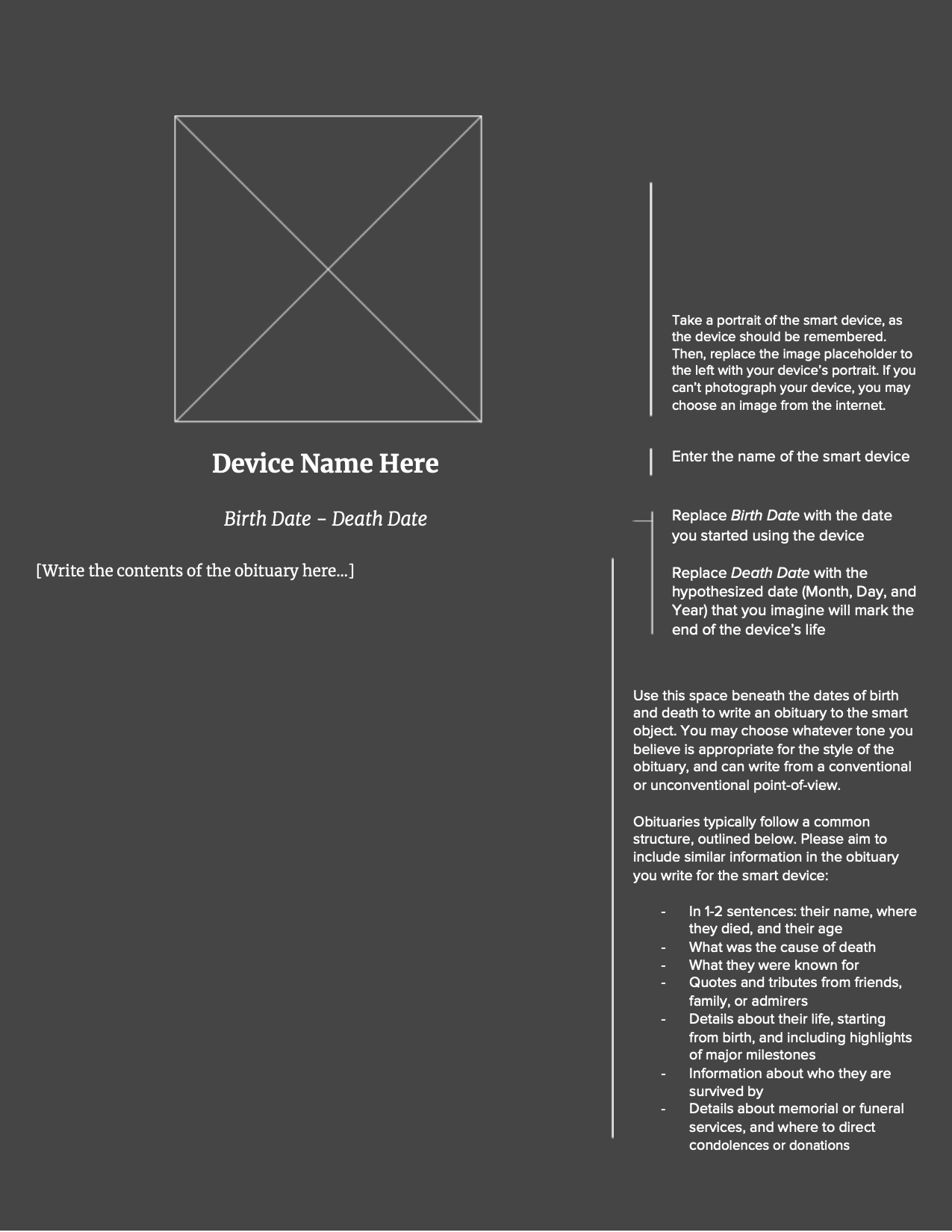Every day, smart devices are becoming increasingly common in our daily lives. As a researcher who (primarily) studies voice interfaces, I’ve made many similar statements over the past few years, and with good reason: we’re embedding “intelligence”—often in the form of a voice-based virtual assistant like Alexa, Siri, and the Google Assistant—in a rapidly growing range of everyday objects. In addition to the more commonplace devices like smartphones and smart speakers, there are now also “smart” products on the market today for thermostats, refrigerators, microwaves, toys, and yes, even toilets. Recent research suggests that over 80% of Americans own a smartphone, and more than 50% use a voice assistant on a daily basis.
The relative recency of this growth in smart devices raises an interesting set of questions: what will happen to our smart devices over the long term? And more specifically, how might people conceive of the maintenance and lifecycle of these smart devices, and how might this differ from how they might behave towards conventional or non-smart devices?
With that in mind, this project introduces three design activities that ask participants to creatively speculate on the future of their smart devices, and in particular, on how they imagine the hypothetical future “death” of their smart device might play out. I was curious in particular to probe at how participants subjectively defined a device’s “death”—whether it meant a point at which the device was physically destroyed and no longer functional, when it was fully working yet still retired for a new one, or otherwise—and the ways in which participants described the future trajectory of the device leading up to the end of its life.
To get participants to speculate on their smart device’s future, the activities shared a common structure centered around three different forms of end-of-life remembrance rituals or processes: obituaries, eulogies, and postmortems. Across all of the activities, the framing of the activity asked participants to think of a smart device that they own, and that is currently still operational. They were then asked to project into the future and imagine when the device had “died,” and write an obituary, eulogy, or postmortem following that death.
While they share some overlap, each of these post-life exercises (normally reserved for people rather than devices) was intended to elicit slightly different responses from participants. In the case of a eulogy, the framing and anticipated tone was positive and celebratory, and might evoke more concrete and personal anecdotes about the relationship between the participant and the device. With the obituary, there is a stronger common structure to them that could help draw out the particular “birth date” and “death date” of the devices, as well as other slightly more objective (relative to the eulogy) information regarding the device’s end-of-life, like its final “resting place” and “next of kin.” And finally, the postmortem was structured to have the most clinical or objective tone, asking participants for data on the device such as its “treatment history” prior to death, and final cause of death, both of which might help emphasize the maintenance or lack thereof in the device’s decline. Skipping some of the instructions that I also included in distributing these three exercises to pilot participants, here are the initial templates for each:
Obituary:

Eulogy:

Postmortem:


Working towards publicly visible authoring tools and galleries for morbid methods
As other design methods involving fictions—whether design fictions or stories authored through participatory methods like story completion—have taught us, so much of the value comes from the audience’s experience viewing and interpreting the fiction, and in comparing stories created under the same theme.
To that end, my hope is to eventually create a living online home for these morbid methods: one where an individual could come to fill out an “obituary” or “eulogy” or “postmortem” template of their own, and importantly, to browse others that the community has contributed.
Thus far, for piloting purposes, I ended up using stylized Google Docs to distribute the templates and collect initial responses—that ended up working nicely as a sort of low-fidelity prototype. You can find a (read-only) version of those initial Google Docs templates here:
Moving forward, I’ll be working towards an interface that scales a bit more easily, where the templates are hosted through a custom website. Both the template and gallery view for the smart device “obituaries” are already in place online: check out the template form here, and the existing contributions here, and contribute if you wish! (Note: based on the way this is hosted, it might take up to 30 seconds or so for the page to initially load, so just sit tight for a bit). The web-based interfaces for “postmortems” and “eulogies” are in progress, but still a bit too rough to share.
Feedback welcome
It’s been an interesting foray into the space of maintenance thus far, and particularly in taking a futures perspective on what the “death” and remembrance process of our smart devices might be. If you have any thoughts on the initial methods I’ve described, or have heard of related pieces of work that might be relevant, please do share! I’m eager to engage with those who attend our online event on October 31, or beyond through email or however else you might find me.